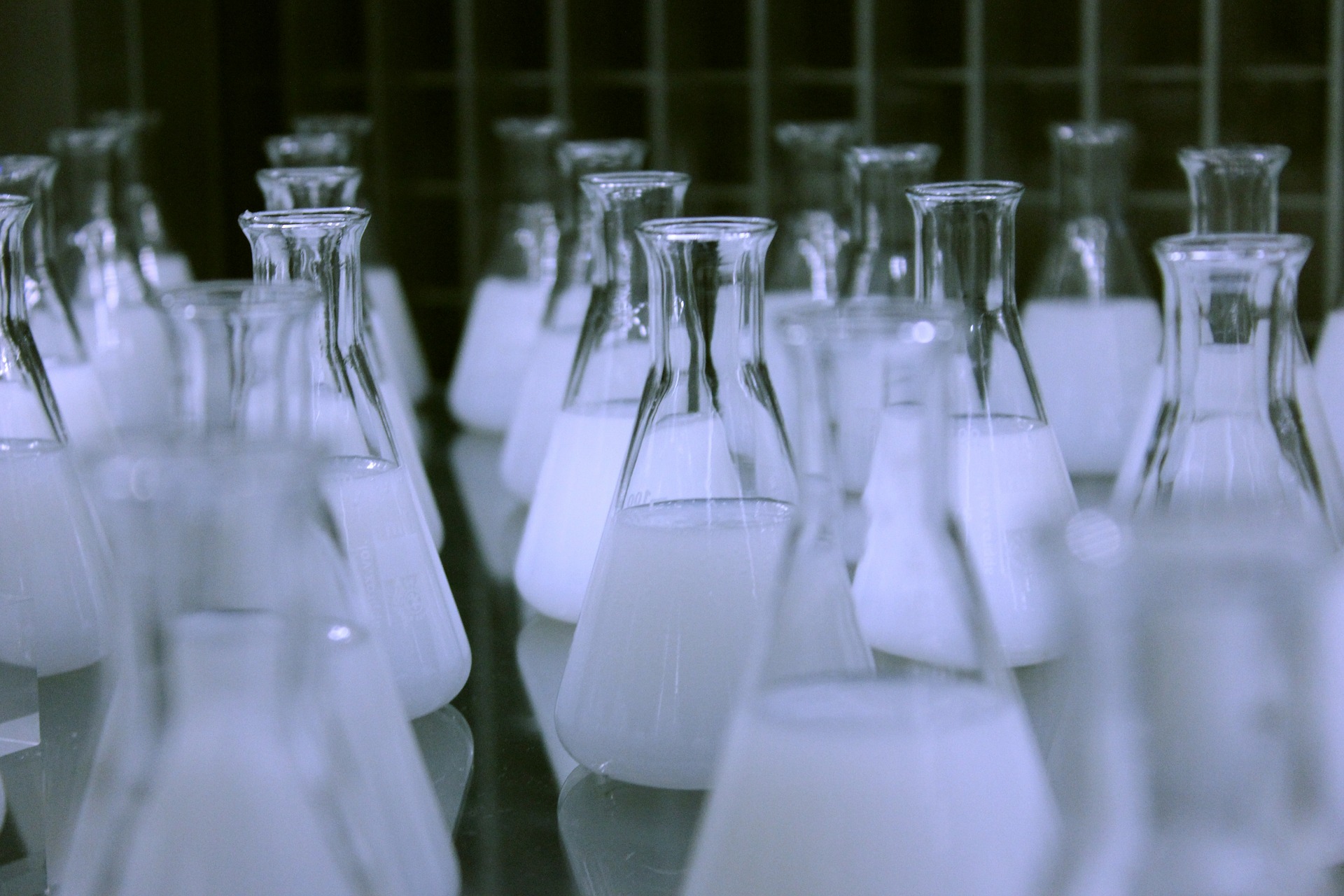Jurassic Park is one of the most popular depictions of reversing extinction or de-extinction. It’s hard to resist the idea of walking amongst the species which have long since become nothing more than mineralized echoes of their past selves. As our understanding of genetics improves, so does our ability to manipulate the very essence of life: DNA. Gradually, the idea of de-extinction is becoming less science fiction, and more science reality.
We are currently aware of five mass extinction events in the earth’s history, and many argue that we are living through a sixth today, largely caused by the increase of human activities in the world. Our species is intimately linked with extinction, even if most people may not realise it. Can de-extinction give us a way to right our own wrongs and bring back species like the dodo or the passenger pigeon?
These topics were covered by Dr Beth Shapiro in the recent “Schrödinger at 75” event. She spoke of the three solutions to extinction. First is the “Status Quo” which would be continuing with, and improving, current techniques for saving species. “Genetic Rescue” is the second solution, which involves using growing genetic knowledge to help protect species under threat today. These techniques can be low tech, like introducing new individuals of a species from farther afield in order to reduce inbreeding in small populations. Or high tech, such as genetically engineering species to be able to withstand current pressures which may be threatening them. The third potential solution is, of course, de-extinction.
Dr Shapiro’s point was that relying on de-extinction is not the best idea, as the resources and technology required are not yet realistically available. The fact is that de-extinction is theoretically possible, but the initial reason for the extinction still remains. Dinosaurs and mammoths died due to a confluence of events. The conditions which allowed them to survive in the past no longer exist, which leaves the question, what would we do with these now reborn species and how would we prevent their re-extinction?
Genetic rescue also grapples with this issue. Even if a population is boosted with an injection of new genetic material, if the original causes that led to the reduction in population size are still present, what is to stop them from having the same effect on the new population? Modifying the genetic code raises two questions. Is it possible to do this with every species, as our effects on the earth continue to increase? And, are we not just creating new sub species rather than protecting existing ones?
In the end, the best solution is to continue with the status quo, as it is the only strategy that tries to solve the root causes for our waning wildlife. The problem is that this is also the strategy that requires the most effort. However, our efforts can be bolstered by our new understanding of genetics and our ability to manipulate them.
Dr Feng Zhang, one of the architects behind CRISPR gene editing, also spoke at the event about the next step in our ability to edit DNA. His talk showed that our abilities to edit genes are continuing to improve. This will lead to new techniques in controlling the living world, whether it is making species more resistant, or wiping dangerous ones off the face of the earth. This technology brings with it immense power, the type of power that should not be taken lightly.
There are many reasons to prevent the extinction of the plethora of unique and amazing species that inhabit the world, based both in emotion and practicality. Dr Emma Teeling from UCD spoke of one specific reason – bioprospecting. This is the process of looking for beneficial attributes in the biological world that can be used by us in a multitude of different ways. Dr Teeling showcased how her research on bats might be one way in which we can begin to slow down the degradation that comes with old age. Bats live longer than almost any other mammal, when body size is considered. The research that Dr Teeling has done has shown that bats are able to improve the repairing system of their DNA as they get older. The bat’s ability to improve its own repairing system results in healthy, long living bats, meanwhile, flaws in the copying of human genetic material is responsible for an abundance of age-related diseases. This is just one example. The species around us have many different abilities that we can use to improve the quality of our lives. Many of our medicines are synthesised versions of compounds originally found in plants and animals. There is a huge benefit to having a diverse array of species around, and as we lose more of our surroundings, we lose countless opportunities for further knowledge.
It can be tempting to see the incredible strides we have made, allowing us to change the very code of life, and feel empowered by the possibilities. There is nothing wrong with this, as long as we do not forget where we are still vulnerable. Even if we had complete control over DNA, we would still be no closer to fixing the larger issues causing extinction. At best, these new genetic techniques buy us time. We need to be careful not to seek a single action solution to very complex problems.






